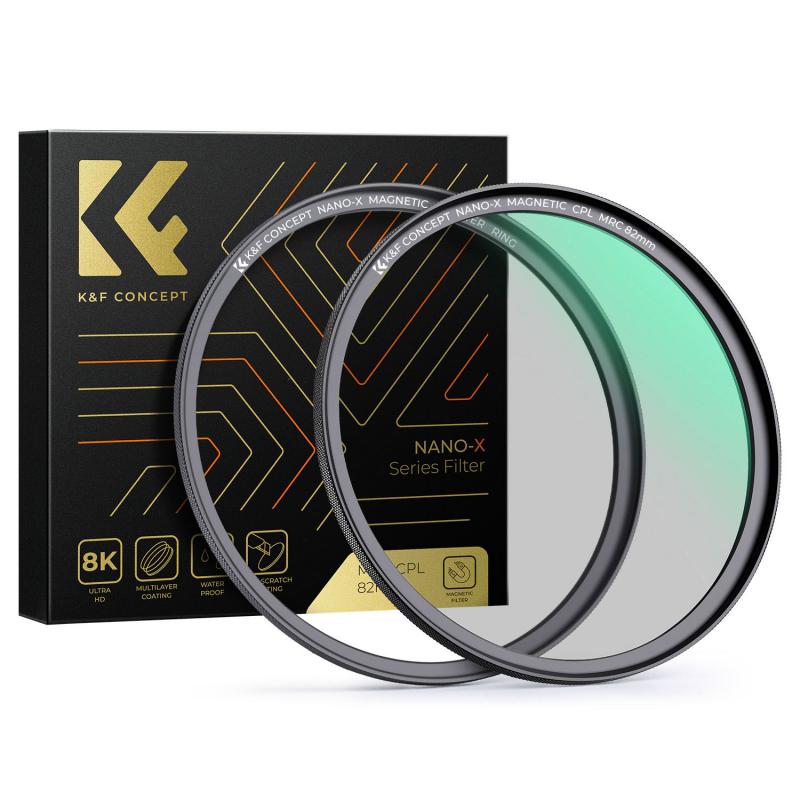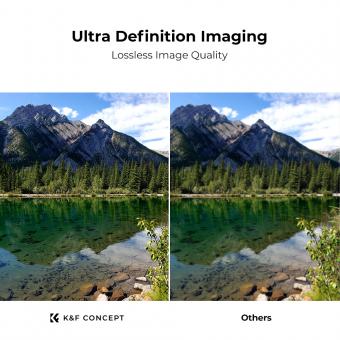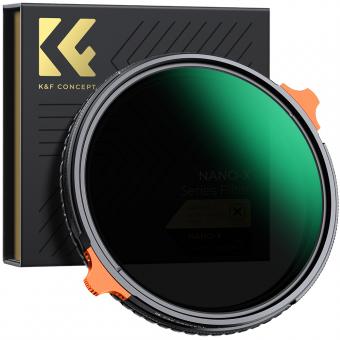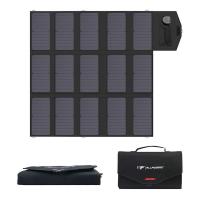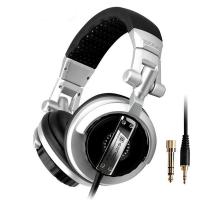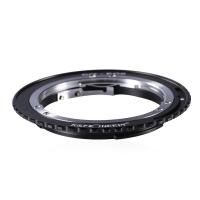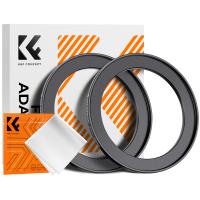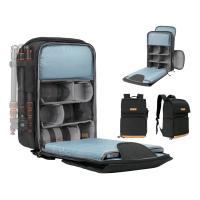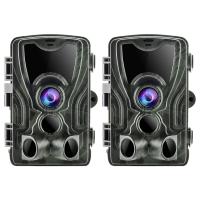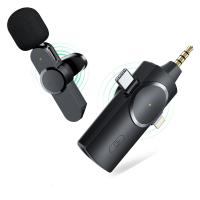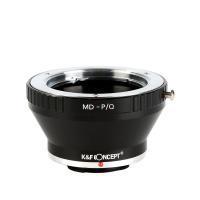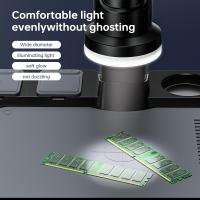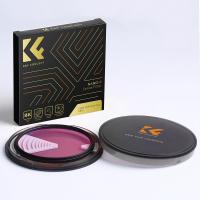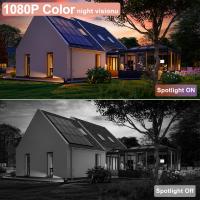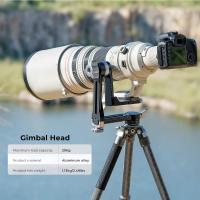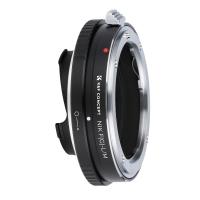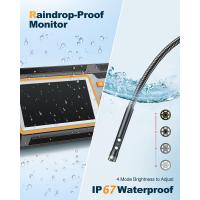What Is A Cpl Filter Used For ?
A CPL (Circular Polarizing) filter is used in photography to reduce glare and reflections from non-metallic surfaces such as water, glass, and foliage. It works by selectively blocking certain polarized light rays that are aligned in a specific direction. By rotating the filter, photographers can adjust the amount of polarization and control the intensity of reflections. Additionally, CPL filters can enhance color saturation and contrast, resulting in more vibrant and detailed images. They are commonly used in landscape, architectural, and outdoor photography to achieve clearer skies, reduce unwanted reflections, and improve overall image quality.
1、 Reducing glare and reflections in photography and videography.
A CPL (Circular Polarizing) filter is a popular tool used in photography and videography to reduce glare and reflections. It is a versatile accessory that can greatly enhance the quality of images and videos by controlling the amount of polarized light that enters the camera lens.
Glare and reflections can be a major issue when shooting outdoors, especially in bright sunlight or when photographing reflective surfaces such as water or glass. These unwanted reflections can wash out colors, create distracting hotspots, and reduce overall image clarity. This is where a CPL filter comes in handy.
By attaching a CPL filter to the camera lens, photographers and videographers can effectively reduce or eliminate these reflections. The filter works by selectively blocking certain polarized light waves, allowing only the desired light to pass through. This helps to enhance color saturation, improve contrast, and bring out the true beauty of the scene.
In addition to reducing glare and reflections, a CPL filter also has other benefits. It can darken skies, making clouds appear more dramatic and vibrant. It can also enhance the visibility of underwater scenes by reducing the surface reflections on water bodies. Moreover, a CPL filter can be used to minimize the appearance of haze and atmospheric pollution, resulting in clearer and more detailed images.
With advancements in technology, CPL filters have become more efficient and user-friendly. They are now available in various sizes to fit different camera lenses, and some even come with adjustable rings to control the amount of polarization. Additionally, many CPL filters are now multi-coated to minimize flare and ghosting, ensuring optimal image quality.
In conclusion, a CPL filter is an essential tool for photographers and videographers looking to reduce glare and reflections in their work. It not only improves image quality but also allows for creative control over the final result.
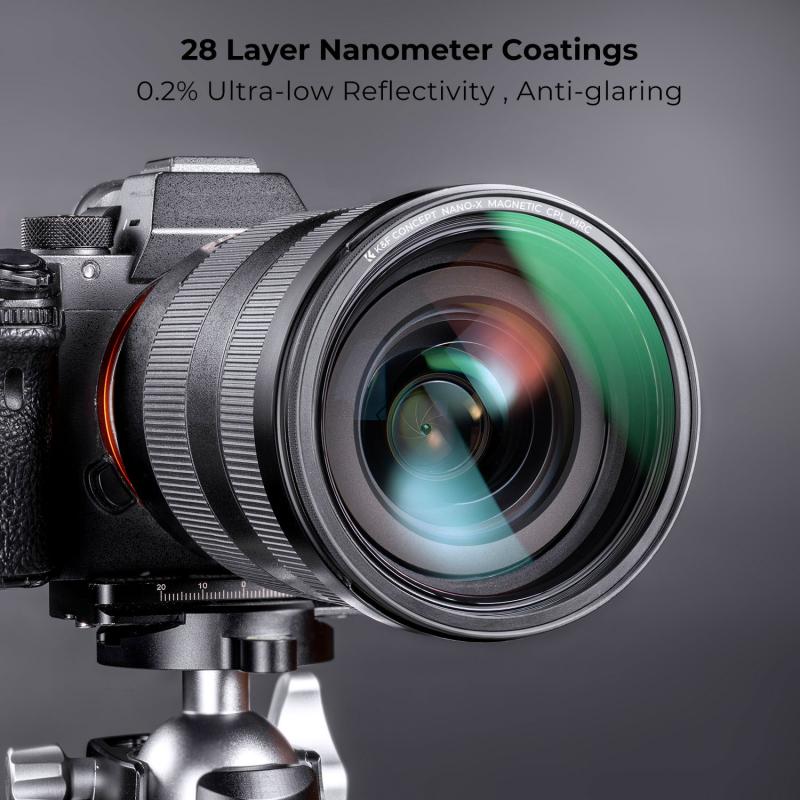
2、 Enhancing color saturation and contrast in outdoor scenes.
A CPL (Circular Polarizing) filter is a popular tool used in photography and videography to enhance color saturation and contrast in outdoor scenes. It is a versatile accessory that can significantly improve the quality of images by reducing glare and reflections, resulting in more vibrant and detailed photographs.
The primary purpose of a CPL filter is to eliminate unwanted reflections from non-metallic surfaces such as water, glass, and foliage. When light reflects off these surfaces, it becomes polarized, causing glare and reducing color saturation. By rotating the CPL filter, photographers can selectively block these polarized light waves, effectively reducing or eliminating the glare and reflections. This allows for clearer and more vibrant images with enhanced color saturation and contrast.
In addition to reducing reflections, a CPL filter also helps to deepen the blue skies, making them appear more saturated and vibrant. It can also enhance the contrast between clouds and the sky, resulting in more dramatic and visually appealing images.
Furthermore, a CPL filter can be used to improve the visibility of underwater scenes by reducing the glare caused by the water's surface. This is particularly useful for underwater photography or capturing images through aquarium glass.
It is important to note that the effectiveness of a CPL filter depends on the angle at which the light is entering the lens. Therefore, it is necessary to adjust the filter's rotation to achieve the desired effect. Additionally, a CPL filter may slightly reduce the amount of light entering the lens, requiring adjustments to the exposure settings.
In conclusion, a CPL filter is a valuable tool for photographers and videographers, allowing them to enhance color saturation, contrast, and reduce reflections in outdoor scenes. It is a versatile accessory that can significantly improve the overall quality and visual impact of images.
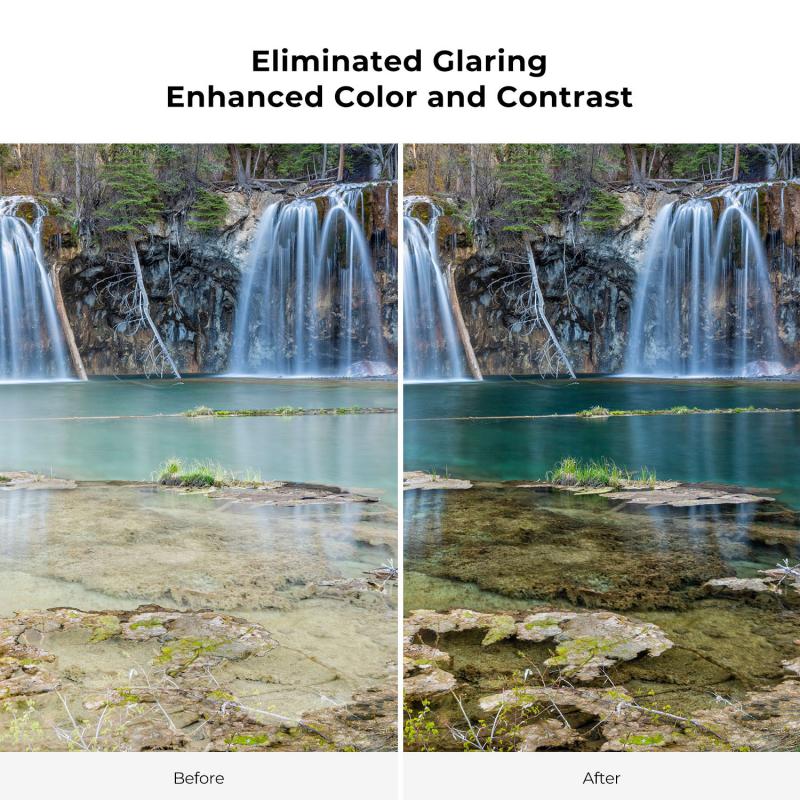
3、 Minimizing atmospheric haze and improving image clarity.
A CPL (Circular Polarizing) filter is a popular accessory used in photography and videography to enhance the quality of images by minimizing atmospheric haze and improving image clarity. It is a versatile tool that can be used in various situations to achieve different effects.
One of the primary functions of a CPL filter is to reduce glare and reflections from non-metallic surfaces such as water, glass, and foliage. By rotating the filter, photographers can selectively block certain polarized light waves, resulting in reduced reflections and increased color saturation. This is particularly useful when shooting landscapes, as it helps to bring out the natural colors and details of the scene.
In addition to reducing reflections, a CPL filter also helps to minimize atmospheric haze. When light passes through the Earth's atmosphere, it scatters in all directions, causing a loss of contrast and clarity in photographs. The filter works by selectively blocking the scattered light waves, allowing only the polarized light to pass through. This results in images with improved clarity, sharper details, and enhanced overall contrast.
Furthermore, a CPL filter can also be used to darken skies, making clouds stand out more prominently. By rotating the filter to the desired angle, photographers can achieve a dramatic effect, creating a more dynamic and visually appealing composition.
It is important to note that the effectiveness of a CPL filter can vary depending on factors such as the angle of the sun, the position of the photographer, and the type of subject being photographed. Therefore, it is recommended to experiment with different angles and settings to achieve the desired results.
In conclusion, a CPL filter is a valuable tool for photographers and videographers, allowing them to minimize atmospheric haze, reduce reflections, and enhance image clarity. It is a versatile accessory that can greatly improve the quality of images, providing a more immersive and visually pleasing experience for viewers.
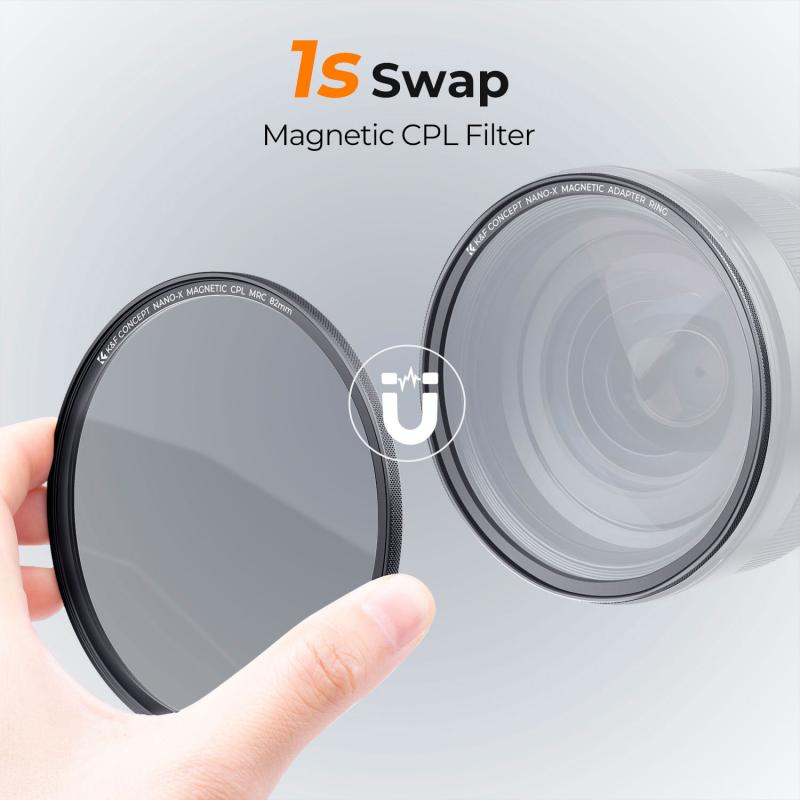
4、 Protecting the camera lens from scratches and dust.
A CPL (Circular Polarizing) filter is primarily used to enhance the quality of photographs by reducing glare and reflections. It is a valuable tool for photographers, especially when shooting outdoors or in bright light conditions. While protecting the camera lens from scratches and dust is an important function of any filter, the main purpose of a CPL filter goes beyond mere protection.
When light reflects off non-metallic surfaces such as water, glass, or foliage, it becomes polarized, resulting in unwanted glare and reflections in photographs. A CPL filter helps to eliminate these reflections by selectively blocking certain polarized light waves. By rotating the filter, photographers can adjust the amount of polarization, allowing them to control the intensity of reflections and enhance the overall image quality.
In addition to reducing glare, a CPL filter also enhances color saturation and contrast. It deepens the blue of the sky, making clouds stand out more vividly, and intensifies the colors of foliage, making them appear more vibrant and rich. This can greatly enhance landscape and nature photography, creating more visually appealing and captivating images.
Furthermore, a CPL filter can also be used to achieve longer exposure times, especially when photographing moving water or capturing motion blur in certain situations. By reducing the amount of light entering the camera, it allows for slower shutter speeds, resulting in smooth and silky waterfalls or rivers.
In summary, while protecting the camera lens from scratches and dust is an important function of a CPL filter, its primary purpose is to reduce glare and reflections, enhance color saturation and contrast, and achieve longer exposure times. It is a valuable tool for photographers looking to improve the quality and impact of their outdoor and landscape photographs.
